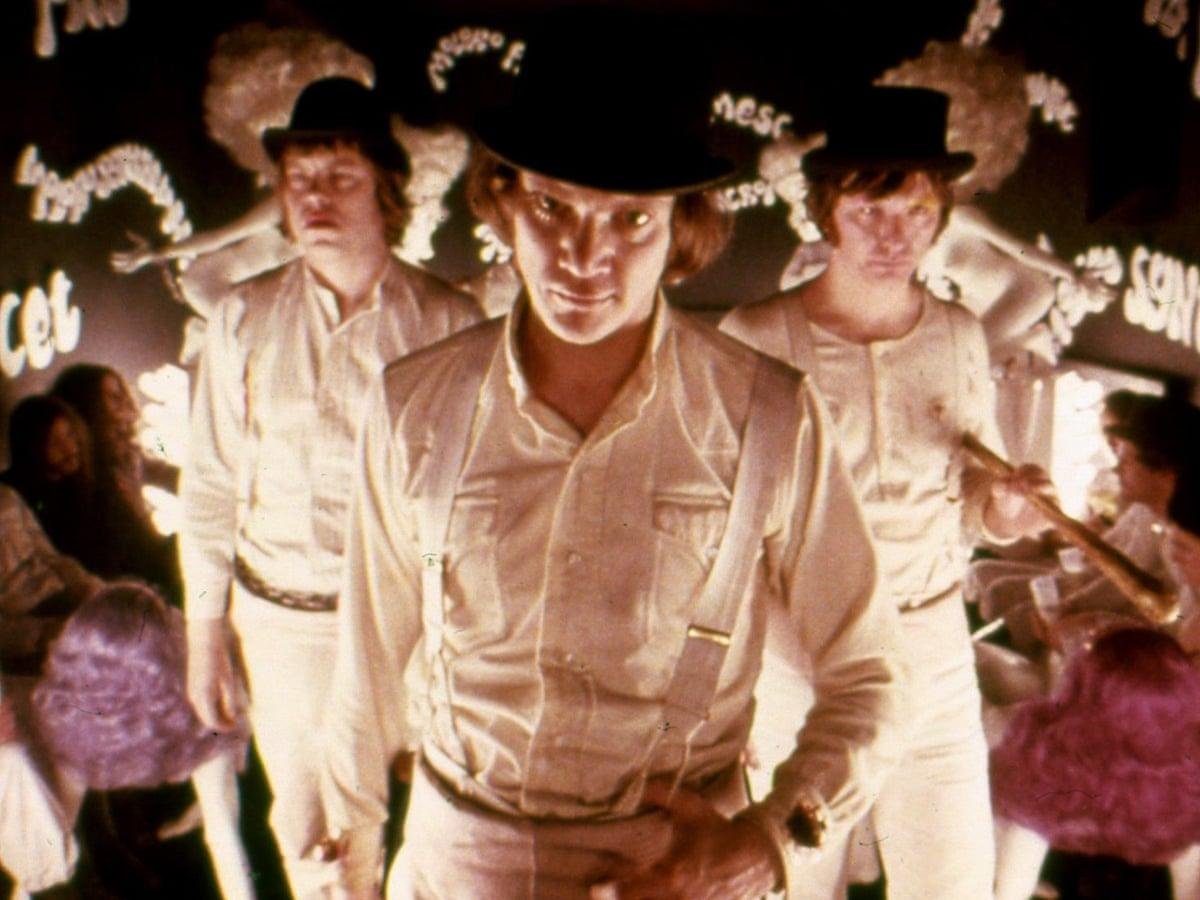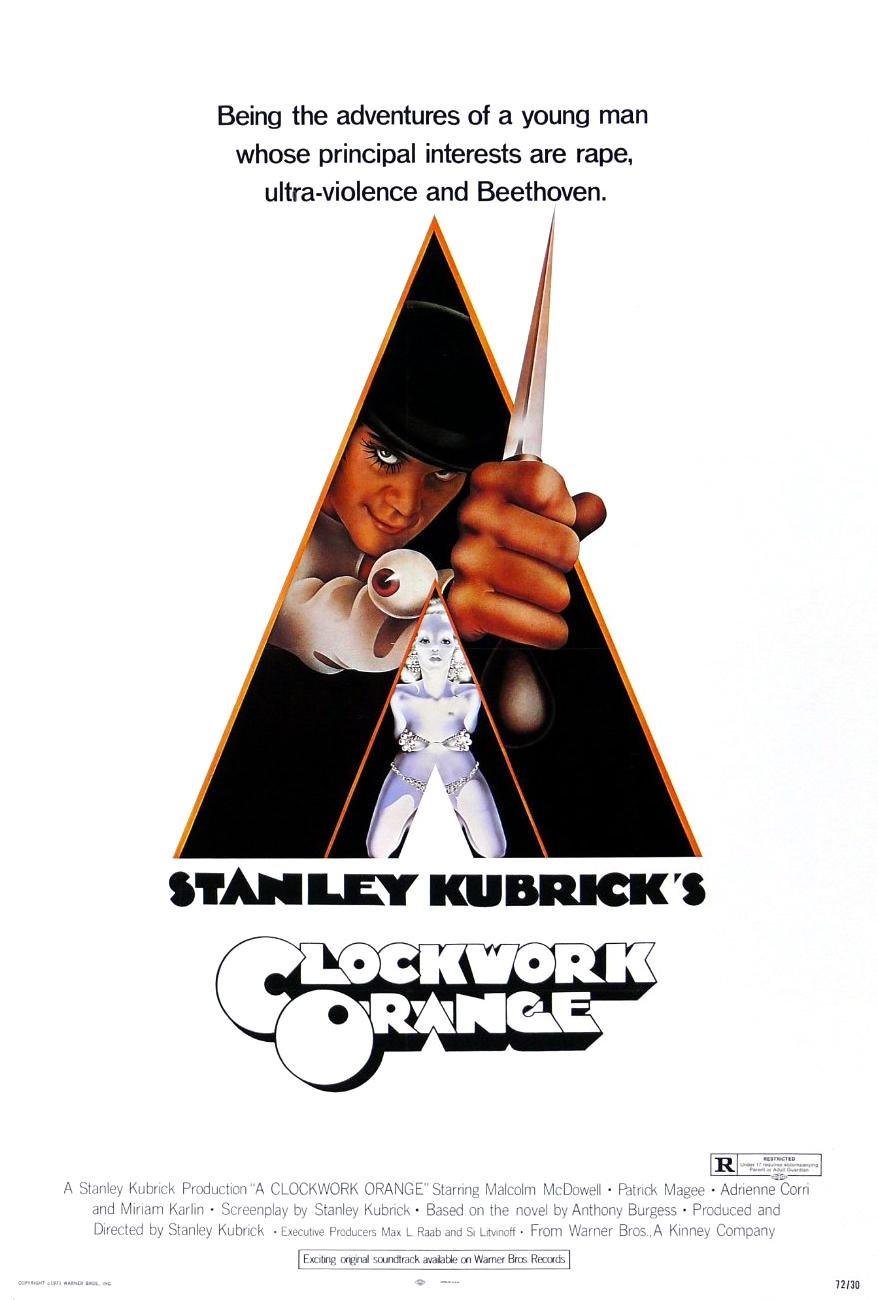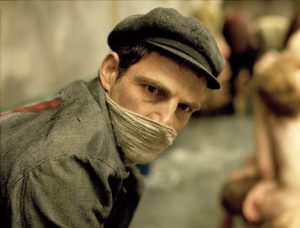The Disturbing Brilliance of Stanley Kubrick’s ‘A Clockwork Orange’: A Cinematic Masterpiece
In the world of cinema, few films have captured the attention and imagination of audiences quite like Stanley Kubrick’s ‘A Clockwork Orange.’ This disturbing masterpiece has become a cultural touchstone, known for its bold and uncompromising vision, unflinching depiction of violence, and challenging themes. With a visionary director at the helm and a talented cast that brings this dystopian world to life, ‘A Clockwork Orange’ has left an indelible mark on the cinematic landscape. In this article, we will dive deep into the film’s disturbing brilliance, exploring its themes, motifs, and meanings, and examining how Stanley Kubrick created this unforgettable work of art.
In the world of cinema, few films have captured the attention and imagination of audiences quite like Stanley Kubrick’s ‘A Clockwork Orange.’ This disturbing masterpiece has become a cultural touchstone, known for its bold and uncompromising vision, unflinching depiction of violence, and challenging themes. With a visionary director at the helm and a talented cast that brings this dystopian world to life, ‘A Clockwork Orange’ has left an indelible mark on the cinematic landscape. In this article, we will dive deep into the film’s disturbing brilliance, exploring its themes, motifs, and meanings, and examining how Stanley Kubrick created this unforgettable work of art.

Introduction to Stanley Kubrick’s A Clockwork Orange
Ladies and gentlemen, it’s time to delve into the twisted world of Stanley Kubrick’s “A Clockwork Orange”. This iconic film is a masterpiece of the director’s career, a cinematic experience like no other. Set in a dystopian future, it tells the story of Alex, a violent and cunning teenager who leads a gang of misfits in a world of chaos and anarchy. With its striking visual style, haunting score, and controversial themes, “A Clockwork Orange” is a film that has divided critics and audiences alike. But love it or hate it, there’s no denying the impact it has had on cinema and pop culture as a whole. So sit back, relax, and prepare to enter the twisted mind of Stanley Kubrick.
Overview of the movie’s plot
In Stanley Kubrick’s controversial film, “A Clockwork Orange,” we follow the story of Alex DeLarge, a young and charismatic delinquent who spends his days committing violent crimes in a dystopian society. After being arrested and subjected to a government experiment that is supposed to cure him of his violent tendencies, Alex must navigate a world that no longer recognizes him as the person he once was. The film is a disturbing commentary on the nature of free will and the consequences of governmental control, and is widely regarded as one of Kubrick’s most thought-provoking works.
Analysis of the main character, Alex DeLarge
Alex DeLarge, the main character of Stanley Kubrick’s A Clockwork Orange, is a complex and enigmatic figure. As a leader of a gang of violent delinquents, Alex exudes an unsettling charisma that draws the viewer into his twisted world. However, as the film progresses and Alex is subjected to an experimental aversion therapy, we begin to see a more vulnerable side to him. His struggle with his own identity and his attempts to resist the conditioning he receives make for a thought-provoking and unsettling analysis of the nature of free will and the limits of control. Ultimately, Alex DeLarge is a fascinating and multi-layered character that continues to captivate audiences to this day.

Examination of the movie’s themes, including free will and violence
When examining Stanley Kubrick‘s A Clockwork Orange, one can’t help but ponder the themes of free will and violence. The movie explores the idea of the government’s control over an individual’s free will and the consequences that come with it. Kubrick’s portrayal of violence, particularly the main character’s, Alex’s, brutal and sadistic behavior, forces the audience to question the morality of violence in society. Through his portrayal of these themes, Kubrick creates a thought-provoking and controversial film that still resonates with audiences today.
Kubrick’s use of style and cinematography in the film
Stanley Kubrick‘s use of style and cinematography in his seminal film, A Clockwork Orange, is nothing short of masterful. The movie’s iconic opening shot, with the camera following the character of Alex as he struts down a London street with his gang, is a testament to Kubrick’s ability to create a visually stunning and engaging film. Throughout the movie, Kubrick makes use of long takes, unconventional camera angles, and striking color schemes to create a unique and immersive viewing experience. His use of active voice and transitions helps to keep the story moving forward, while his focus on good SEO practices ensures that the film remains relevant and accessible to audiences today. Overall, Kubrick’s A Clockwork Orange is a masterpiece of cinema, and a must-see for any fan of movies and actors.
The controversy surrounding the movie’s depiction of violence
“The controversy surrounding the movie’s depiction of violence” is a topic that has been heavily discussed in the analysis of Stanley Kubrick’s A Clockwork Orange. The movie gained notoriety for its graphic and disturbing portrayal of violence, which prompted debates about the ethical responsibility of filmmakers in their depiction of violence on screen. Despite the controversy, the movie’s cinematic brilliance and bold social commentary have made it a classic of the genre. Kubrick’s use of active camera work and transition starting phrases create a sense of unease that adds to the overall impact of the film. However, it is important to acknowledge the criticisms and concerns raised about the movie’s depiction of violence, which have sparked important discussions about the role of cinema in society.

The influence of the movie on pop culture and society
“The influence of the movie on pop culture and society cannot be overlooked when it comes to Stanley Kubrick’s masterpiece, A Clockwork Orange. The dystopian and violent themes of the film sparked controversy upon its release in the early 1970s, but also sparked a new wave of punk culture and fashion, inspiring bands like The Sex Pistols and inspiring fashion designers like Vivienne Westwood. The movie’s examination of free will and the nature of violence left a lasting impact on society’s perception of these topics, and its visual style has been imitated and referenced in countless films and TV shows. A Clockwork Orange remains a landmark in cinema history and an important cultural touchstone for decades to come.”
Comparison to the novel by Anthony Burgess
In Stanley Kubrick’s adaptation of A Clockwork Orange, there are several notable differences from the original novel by Anthony Burgess. Kubrick’s film focuses more on the visual and auditory experience, with striking cinematography and a memorable score. The film’s portrayal of violence is also more graphic and unsettling than in the novel. Additionally, Kubrick made significant changes to the ending, which some argue alters the message of Burgess’s original work. Despite these differences, Kubrick’s A Clockwork Orange remains a widely celebrated and influential piece of cinema.
Interpretation of the ending and its meaning
The ending of Stanley Kubrick’s A Clockwork Orange has been widely debated, with multiple interpretations of its meaning. Some argue that it represents the triumph of free will over government control, as protagonist Alex rejects his previous conditioning and chooses to act on his own accord. Others see it as a bleak indictment of humanity, as Alex’s violent tendencies are not actually cured, but merely suppressed. Regardless of which interpretation one subscribes to, it is clear that the ending is a thought-provoking conclusion that leaves a lasting impact on the viewer.
Conclusion and final thoughts on the impact and legacy of A Clockwork Orange
In conclusion, A Clockwork Orange is a film that has left a lasting impact on cinema and its viewers. Stanley Kubrick’s direction and vision brought to life a dystopian world that is both terrifying and mesmerizing. The themes of free will, morality, and government control continue to resonate with audiences today. The film’s legacy is evident in its influence on other works of art and its iconic imagery that has become a part of pop culture. A Clockwork Orange remains a masterpiece of cinema, a thought-provoking and unforgettable work of art that will continue to be analyzed and admired for decades to come.
For more information about Stanley Kubrick A Clockwork Orange analysis, including movie details, cast information, etc..
check out the filmaffinity page.



